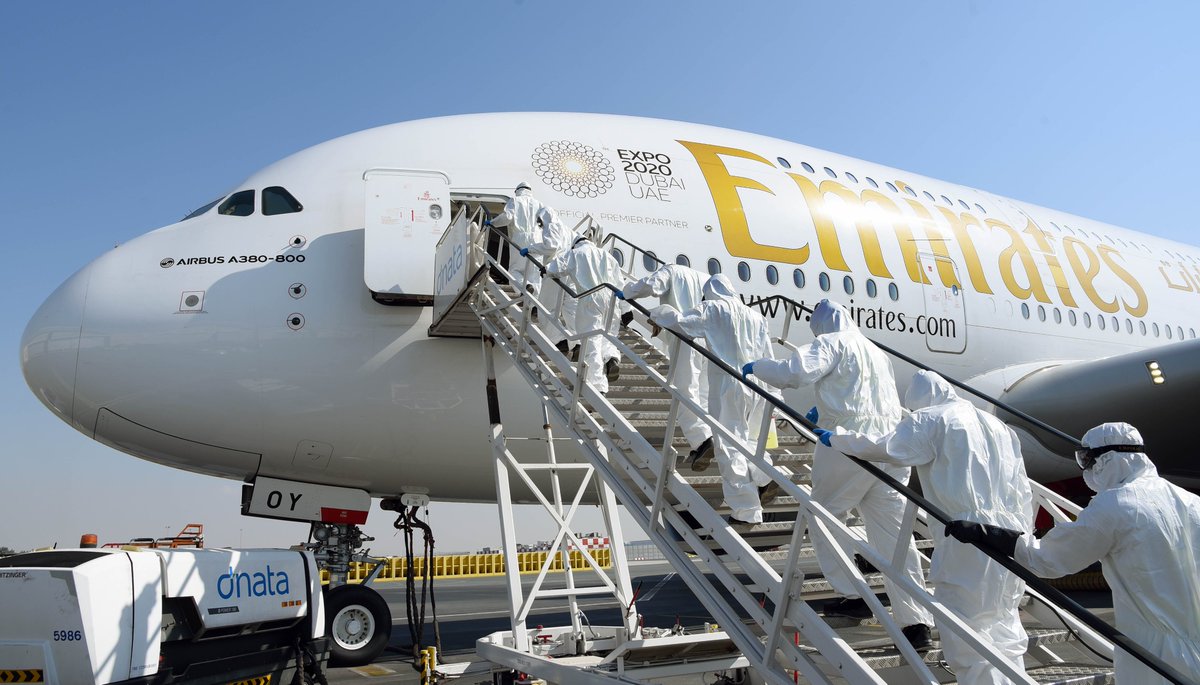
Ever wondered how safe flying really is? Aviation safety has come a long way since the early days of flight. Today, it’s one of the safest modes of transportation. But what makes it so secure? From rigorous pilot training to advanced technology, multiple factors contribute to the high safety standards. Did you know that the odds of a plane crash are about 1 in 11 million? That’s right! With constant improvements and strict regulations, flying continues to become safer. Curious to learn more? Here are 13 fascinating facts about aviation safety that will make you appreciate the next time you buckle up for takeoff.
Key Takeaways:
- Flying is incredibly safe! With a fatality rate of 0.07 per billion passenger miles, it's much safer than driving. Advanced technology, strict regulations, and pilot expertise make air travel the safest mode of transport.
- Airlines prioritize safety! From rigorous pilot training to regular aircraft inspections, emergency preparedness, and real-time monitoring, the aviation industry continually innovates to ensure passenger safety.
Aviation Safety: A Closer Look
Aviation safety is a topic that affects everyone who flies. Understanding the measures and statistics behind it can make your next flight feel a bit more secure. Here are some fascinating facts about aviation safety.
The Safest Mode of Transport
Flying is often considered the safest way to travel. Let's explore why.
-
Statistical Safety: Air travel has a fatality rate of 0.07 per billion passenger miles. This makes it far safer than driving, where the rate is 7.28.
-
Advanced Technology: Modern aircraft are equipped with state-of-the-art technology, including advanced navigation systems, weather radar, and collision avoidance systems.
-
Stringent Regulations: Aviation is one of the most heavily regulated industries. Agencies like the FAA and EASA enforce strict safety standards.
Pilot Training and Expertise
Pilots undergo rigorous training to ensure passenger safety. Here’s what makes them so reliable.
-
Extensive Training: Commercial pilots typically undergo thousands of hours of training, including simulations of emergency scenarios.
-
Continuous Education: Pilots must complete regular training and assessments to keep their skills sharp and stay updated on new safety protocols.
-
Medical Examinations: Pilots are required to pass regular medical exams to ensure they are physically and mentally fit to fly.
Aircraft Maintenance and Inspections
Aircraft maintenance is crucial for safety. Here’s how airlines keep planes in top shape.
-
Regular Inspections: Aircraft undergo routine inspections before and after flights. These checks ensure that all systems are functioning correctly.
-
Scheduled Maintenance: Planes are subject to scheduled maintenance checks, which can range from minor inspections to complete overhauls.
-
Use of Advanced Materials: Modern aircraft are built with advanced materials like carbon fiber, which are both strong and lightweight, enhancing safety.
Emergency Preparedness
Airlines and airports are well-prepared for emergencies. Here’s how they ensure safety in unexpected situations.
-
Emergency Drills: Both flight crews and ground staff regularly participate in emergency drills to stay prepared for various scenarios.
-
Safety Briefings: Passengers receive safety briefings before every flight, ensuring they know what to do in case of an emergency.
-
Life-Saving Equipment: Aircraft are equipped with life vests, oxygen masks, and emergency slides to help passengers in case of an emergency.
Innovations in Aviation Safety
The aviation industry continually innovates to improve safety. Here’s what’s new.
- Real-Time Monitoring: Airlines now use real-time data monitoring to track aircraft performance and detect potential issues before they become serious problems.
Final Take on Aviation Safety
Aviation safety has come a long way, making air travel one of the safest modes of transportation. With advancements in technology, rigorous training for pilots, and strict regulations, the industry continues to prioritize passenger safety. Understanding these facts can ease any lingering fears about flying. From the implementation of advanced navigation systems to the meticulous maintenance of aircraft, every detail is scrutinized to ensure a smooth journey. The dedication of aviation professionals plays a crucial role in maintaining this high standard. Next time you board a plane, remember the extensive measures in place to keep you safe. Flying isn't just about getting from point A to point B; it's about doing so securely. So, sit back, relax, and enjoy your flight, knowing you're in good hands.
Frequently Asked Questions
Was this page helpful?
Our commitment to delivering trustworthy and engaging content is at the heart of what we do. Each fact on our site is contributed by real users like you, bringing a wealth of diverse insights and information. To ensure the highest standards of accuracy and reliability, our dedicated editors meticulously review each submission. This process guarantees that the facts we share are not only fascinating but also credible. Trust in our commitment to quality and authenticity as you explore and learn with us.


